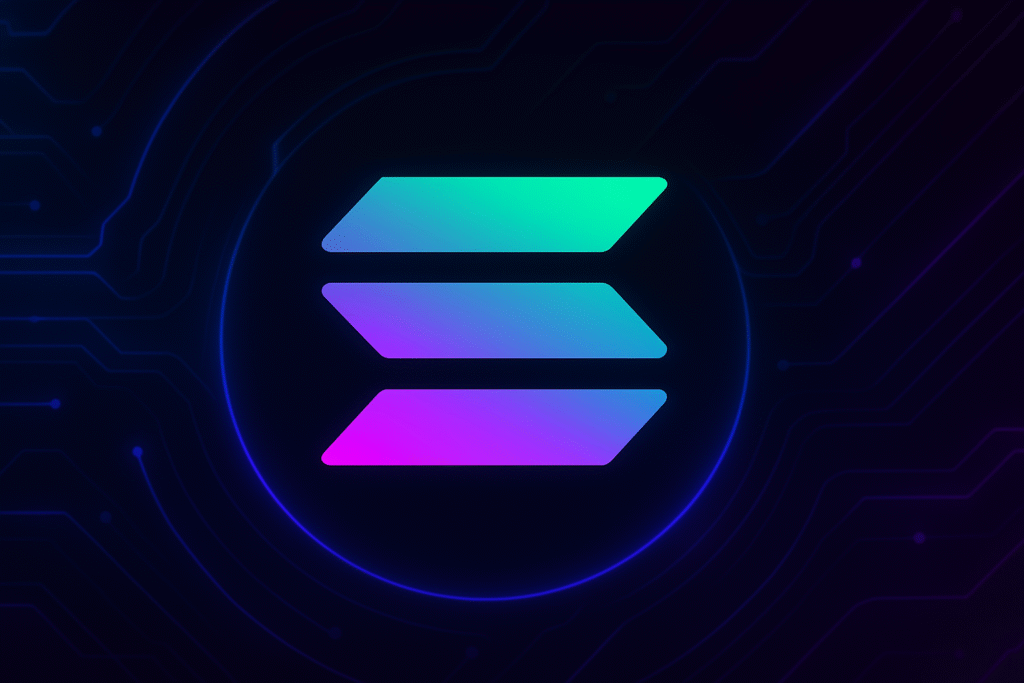In the ever-evolving arena of blockchain technology, the rivalry between different cryptocurrency platforms often sparks vigorous debates. One such discussion emerged following a provocative statement by Solana Labs co-founder Anatoly Yakovenko. He posited that a single Solana node, even without any SOL staked, could effectively safeguard against hostile modifications, thanks to Solana’s unique consensus mechanism. This bold assertion has reignited discussions about the very nature of decentralization—especially in comparison to Ethereum—and the stability of blockchain networks.
Unraveling Solana’s Decentralization Dilemma
Understanding the Dynamics of Solana’s Network
Yakovenko’s recent remarks have drawn both support and skepticism. Critics argue that Solana’s reliance on social coordination rather than strict protocol rules makes it vulnerable. This concern was voiced by developer “0xZodomo,” who claimed that even a single Discord channel has the potential to influence Solana’s consensus decisions. This centralized perception is further highlighted by Solana’s track record of network outages—seven significant halts since its inception—which contrasts sharply with Ethereum’s robust decentralization, evidenced by its substantial number of nodes.
Despite these controversies, advocates within the Solana community emphasize its performance capabilities. Mert Mumtaz, CEO of Helius, points out that Solana handles more transactions than any other blockchain and is projected to increase its efficiency dramatically with upcoming technological advancements like the Firedancer client.
Comparing Solana and Ethereum
The debate over Solana’s decentralization often leads to comparisons with Ethereum. While Solana boasts approximately 1,400 consensus validators and 5,170 total nodes across 46 countries, Ethereum’s network includes over 11,000 full nodes, reinforcing its decentralized structure. Moreover, Ethereum’s reliance on decentralized consensus minimizes systemic risks associated with manual interventions or social coordination.
The discussion of decentralization also extends to the economic aspects of blockchain technology. Yakovenko prioritizes stable transaction fees over constant uptime, asserting that predictable costs are more critical for user satisfaction than negligible interruptions. This focus on cost efficiency has attracted notable partnerships, such as Visa utilizing Solana for certain treasury operations due to its low fees and fast transaction times.
The Broader Implications for Blockchain Users
Solana’s recent advancements and strategic partnerships indicate a promising trajectory for its network. However, the core question about its decentralized nature persists. Contrasting views within the blockchain community highlight the challenge of balancing technological innovation with decentralization—a cardinal principle of blockchain.
What factors contribute to Solana’s network outages?
Solana’s network outages have historically been triggered by client software bugs and transaction overloads, necessitating manual intervention for resolution. These incidents underscore the importance of robust software and effective network management to ensure seamless operation.
How does Solana’s transaction capacity compare to Ethereum’s?
Solana is designed to handle a significantly higher number of transactions per second compared to Ethereum, which boasts approximately 65,000 transactions per second at peak loads. This capacity makes Solana a viable option for applications requiring high throughput, although Ethereum’s upcoming updates aim to enhance its scalability.
Is Solana a reliable investment amidst its network concerns?
Investing in Solana comes with both opportunities and risks. While its technological innovations and strategic partnerships, like those with Visa, present growth potential, investors must consider the implications of its past network outages and centralization concerns. Thorough market analysis and risk assessment are essential.
Why is decentralization important in blockchain networks?
Decentralization is crucial as it reduces the reliance on central authorities, enhancing security and resilience against malicious attacks. It also supports a more democratic governance structure, empowering a global network of users and contributors to influence the direction of the technology.
In this comprehensive exploration of Solana, we delve into the challenges and opportunities presented by its current technological landscape. The insights shared here, enriched by a nuanced understanding of market dynamics, aim to equip readers with the knowledge to navigate the complexities of blockchain investments effectively.

